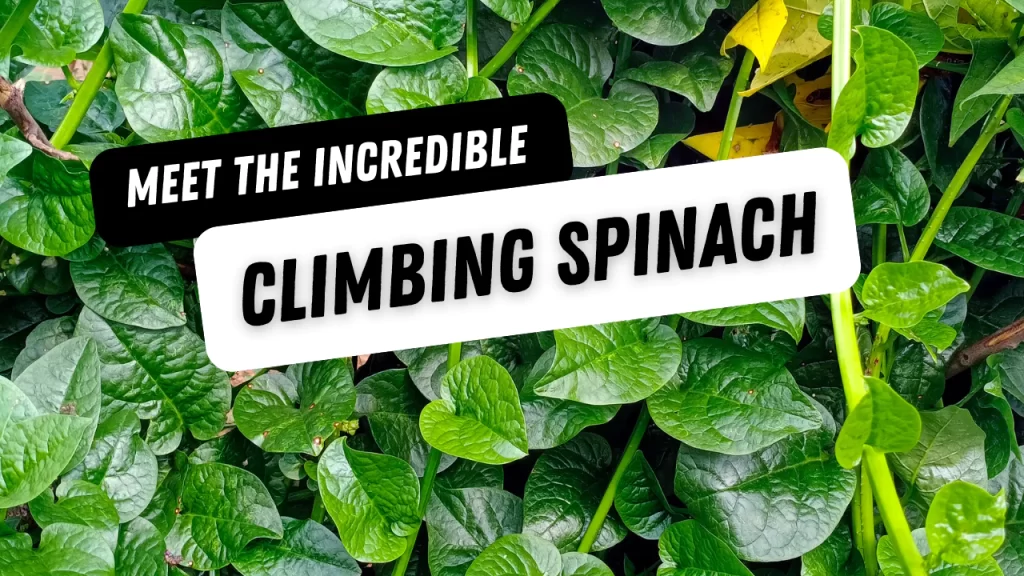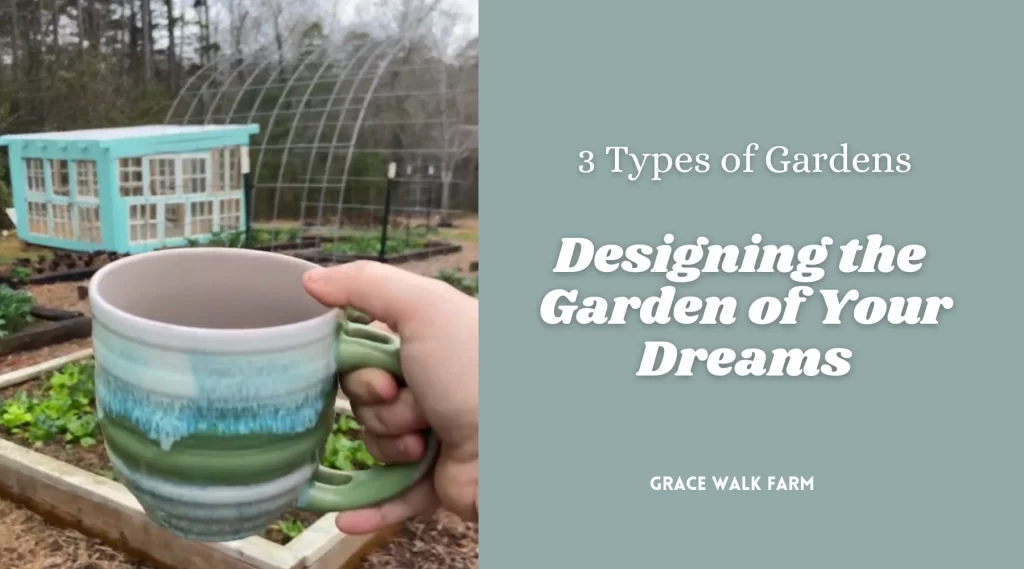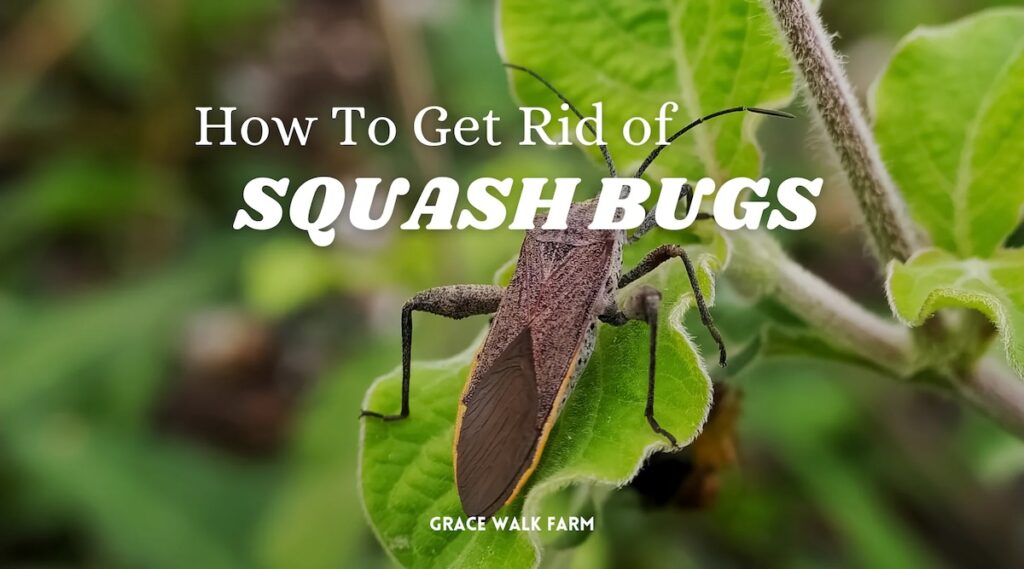Have you ever considered growing sunflowers? There’s something truly special about these towering beauties with their sunny blooms and delicate petals. You know, there’s something about a sunflower, bright and hopeful, that reaches right into your soul and reminds you that sunshine is real. And that’s just what growing sunflowers can do – bring a little sunshine and hope into your life. So, let’s get started on this journey together and learn all there is to know about growing these gorgeous plants.
Welcome to Grace Walk Farm, our family homestead in western NC. We share the highs and lows of our homestead journey, in hopes that it will encourage you to grow your own food too. Click here to grab our Beginner Garden Guide for free! Join our 600K strong Instagram community of homesteaders here. Thanks for stopping by!

Why You Should Grow Sunflowers
There are many benefits to growing sunflowers, both practical and emotional. First of all, sunflowers are relatively easy to grow, making them a great choice for beginner gardeners. They also add a pop of color to any garden or landscape, with their bright yellow petals and dark centers.
In addition to their visual appeal, sunflowers are also versatile plants. They can be grown for ornamental purposes, as well as for their seeds, which can be eaten, used to make oil, or used to attract birds to your garden. Sunflowers are also known to have a positive impact on the environment by attracting pollinators and providing food and shelter for wildlife.

But perhaps the greatest benefit of growing sunflowers is the emotional connection they create. There’s something special about watching these majestic plants grow and thrive, especially when you’ve put in the effort to care for them. Sunflowers have long been associated with hope and positivity, making them a great reminder to stay optimistic even in tough times. So whether you’re looking for a fun gardening project or just want to add a little sunshine to your life, growing sunflowers is definitely worth considering.
How to Grow Sunflowers
Alright, so you’ve decided to take the plunge and grow some sunflowers. Congratulations, you’re about to embark on an adventure of epic proportions! But before we get too carried away, let’s talk about how to prepare the soil for these babies.
First things first, sunflowers prefer well-drained soil that’s rich in nutrients. So, if your soil is on the heavy side, you’ll want to add some compost or organic matter to improve drainage and fertility. And if you’re feeling fancy, you can even conduct a soil test to see what nutrients your soil might be lacking.

Once you’ve got your soil prepped and ready to go, it’s time to plant those sunflower seeds. The depth and spacing of your seeds will depend on the variety you’re planting, so be sure to read the instructions on the seed packet. Generally speaking, you’ll want to plant the seeds about an inch deep and space them out at least a foot apart.

Now, let’s talk about watering and fertilizing your sunflowers. While sunflowers can handle a little bit of drought, they do best when they receive regular, deep watering. As for fertilizer, you can either use a slow-release granular fertilizer or a liquid fertilizer applied directly to the soil. Just be careful not to overdo it, as too much fertilizer can actually harm your sunflowers.
Finally, let’s chat about pests and diseases. Unfortunately, sunflowers are susceptible to a variety of critters and illnesses, including aphids, snails, and powdery mildew. To protect your precious seedlings, you can use organic pest control methods like neem oil or insecticidal soap.
Sunflower Care and Maintenance
it’s time to get down and dirty with some sunflower care and maintenance. We’re talking proper watering, pruning, staking – the works!
First things first, let’s talk about watering your sunflowers. These plants like to be well-watered, but not overly saturated. So, aim to water deeply once a week, or more frequently during hot, dry spells. And if you notice any wilting or yellowing leaves, that’s a sure sign that your sunflowers need a drink ASAP.
Now, let’s chat about pruning and staking. Depending on the variety of sunflower you’re growing, you may need to stake or tie up the plants to keep them from toppling over. And as for pruning, you’ll want to remove any dead or diseased leaves or flowers to keep your sunflowers looking their best.

But what about preventing those pesky sunflower problems, like wilting and yellowing? Well, the best defense is a good offense. Make sure your sunflowers are getting plenty of sunlight, water, and nutrients to keep them healthy and strong. And if you do notice any issues, like aphids or powdery mildew, try using natural remedies like neem oil or garlic spray to keep the pests at bay.
Finally, let’s talk about keeping your sunflowers healthy and happy throughout the growing season. You can do this by mulching around the base of the plants to retain moisture and suppress weeds, and by adding a little bit of compost or fertilizer every few weeks to keep them well-fed. And don’t forget to give your sunflowers a little TLC – after all, they’re the stars of the show!
How to Harvest Sunflowers

When it comes to harvesting sunflowers, timing is key. You’ll want to wait until the flower head has fully matured and the petals have opened fully, revealing the brown disc of seeds in the center. At this point, you can either cut the entire flower head off the stem, or just cut the stem below the flower head if you want to leave the plant in place for decorative purposes.
Once you’ve got your sunflower heads harvested, it’s time to get those seeds out. First, remove any remaining petals and gently rub the seeds with your fingers to loosen them from the disc. Then, use a clean, dry cloth or paper towel to remove any remaining debris or chaff from the seeds.

Now, here’s where things get really exciting – saving the seeds! To do this, simply spread the cleaned seeds out in a single layer on a baking sheet or other flat surface and allow them to dry completely. Once the seeds are dry, store them in an airtight container in a cool, dark place until you’re ready to plant them next season.
But wait, there’s more! If you’re feeling adventurous, you can also roast your sunflower seeds for a delicious and nutritious snack. To do this, simply spread the cleaned seeds out in a single layer on a baking sheet and roast them in the oven at 350°F for about 15-20 minutes, stirring occasionally, until they’re golden brown and fragrant. And voila – you’ve got yourself a tasty treat that’s sure to impress your friends and family.
Quick Tips for Growing Sunflowers
Start with the right seeds: This might seem obvious, but it’s important to choose sunflower seeds that are well-suited to your growing conditions. Look for varieties that are known to do well in your climate and soil type, and be sure to buy high-quality seeds from a reputable source.
Give them space: Sunflowers need plenty of room to grow and thrive, so be sure to plant them at least a foot or two apart, depending on the size of the variety. This will allow each plant to get the sunlight, water, and nutrients it needs to flourish.
Feed them well: Sunflowers are heavy feeders, so be sure to give them plenty of nutrients throughout the growing season. You can do this by adding compost or fertilizer to the soil, or by using a slow-release fertilizer that will gradually feed the plants over time.
Provide support: Depending on the size and variety of your sunflowers, you may need to provide support to keep them from toppling over in the wind. This can be done by staking the plants or tying them to a support structure, like a trellis or fence.
Keep them watered: Sunflowers need regular, deep watering to stay healthy and strong. Aim to water them at least once a week, or more frequently during hot, dry spells.
Watch for pests and diseases: Unfortunately, sunflowers are susceptible to a variety of pests and diseases, like aphids, powdery mildew, and downy mildew. Be sure to keep an eye out for any signs of trouble and take action quickly to prevent the problem from spreading.
By following these tips and staying vigilant throughout the growing season, you’ll be well on your way to growing bigger, better, and more beautiful sunflowers than ever before!
Looking for more garden help?
Enroll in my “Backyard Gardening 101” Course here.
Ready to take a deep dive into all things herbs? About a year ago, I signed up for my first course at Herbal Academy and I’ve been digging deep into herbalism ever since. There’s a fascinating world of medicinal plants all around you. Start learning with me here.
Also check out these blogs:




